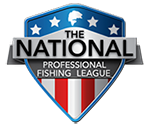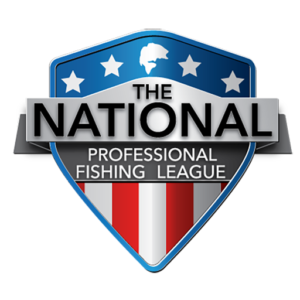Story by Robert Wroblewski | Photos by Tanner & Travis Lyons
Coming into the St. Lawrence River event, I knew I needed a solid finish to stay in the hunt for the NPFL Championship. This fishery is loaded with giant smallmouth, and I also knew that if I stuck to the same patterns as everyone else—drop shots, Ned rigs, jerkbaits—I might just get lost in the crowd. So, I leaned on something that’s a bit forgotten these days: the tube.
But it wasn’t just any tube. I was using custom tubes from Bruiser Baits—green pumpkin with gold glitter, a color I had a lot of confidence in. It was the perfect combo for the St. Lawrence. That green pumpkin tone matches the river bottom and gobies, while the gold glitter adds just enough flash in the clear water to get their attention, especially in sunlight. The big thing for me was rigging it on a 3/8-ounce head, which gave it a fast fall to trigger reaction bites, and kept me in contact with the bottom, even in current.
The Bruiser Baits tubes are loaded with salt, which helps two ways. First, the fall rate is better, and the bait pushes out a ton of scent. Whether I was sight-fishing for smallmouth on beds or pitching to roamers, they seemed to key in on that tube more than anything else. I could see it plain as day: fish that ignored a drop shot or just followed a Ned rig would eat the tube.
During practice, I tried the usual finesse stuff: drop shot with a flat worm, Ned rigs, and more. I caught fish, but the bites were tentative. When I tied on the tube and made a couple of drifts, it changed everything. The fish hit it more aggressively, and I started building confidence quickly. Even when I got around pressured bedding fish, I could see them track the bait and commit. I knew right then that the tube was going to be my deal for this event.
A lot of guys don’t throw tubes anymore, especially in tournaments. It’s a technique that’s kind of been left behind with the rise of forward-facing sonar and newer finesse baits. But on this northern fishery—especially one that still has a strong goby population—the tube still shines. It’s subtle, it looks natural, and most importantly, it gets bites when other baits get looked at and ignored.
One thing I figured out too was that the tube wasn’t just for bedding fish. I caught multiple quality roamers by casting ahead of them and letting the bait fall in their path. They’d flare up on it, follow it for a second, and then crush it on the bottom. It gave me something different, and I truly think it helped me out-fish the guys around me.
Looking back, going with my gut and leaning on an “old-school” presentation like the tube was the difference-maker. I ended up finishing inside the Top 20, which is huge for my season points-wise and momentum-wise. It’s also a reminder that just because something’s not popular on social media or in the latest tackle trends doesn’t mean it doesn’t work anymore. Tubes have been catching smallmouth since they were introduced more than 50 years ago, and they’re still catching them today.
Robert Wroblewski – Angler Profile





